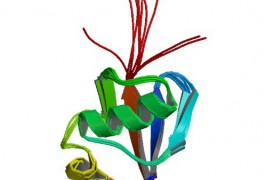Autism traits common among healthy people
Two large studies published in the past two months have found that traits linked to autism are widely distributed in the general population. Although about 1 in 100 children is diagnosed with autism, up to 30 percent of people may have at least one of the traits associated with the disorder.









